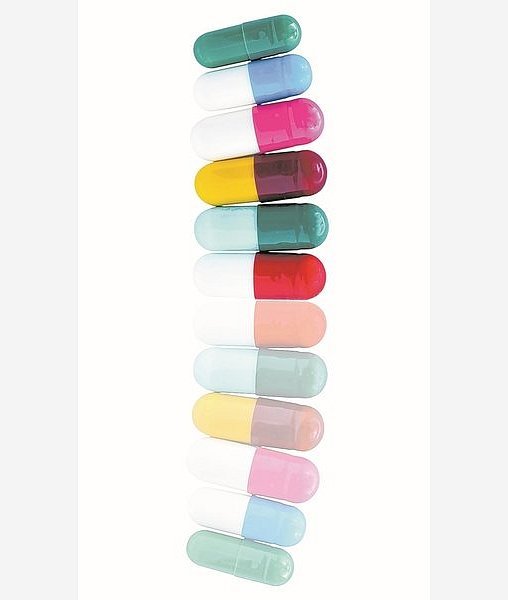_1.jpg)
The fight against infectious diseases has become a global challenge. The biggest risk factor is antibiotic resistance. If chemical cubs bacteria can no longer harm, the global health threatens a tsunami. In the EU alone, 25,000 people die each year from severe infections with resistant germs. For the system, this means additional costs of 1.5 billion euros per year. Science is looking for solutions. The strategies are multi-pronged.
Antibiotics themselves are substances that kill bacteria or prevent them from reproducing. In Germany alone, more than 80 are approved. New active substances were hardly found or hardly searched in the past years. Because the effort to develop resistenzbrechender substances is extremely high. One billion euros is the total cost of development of such a drug.
Biology of bacteria
.jpeg)
If an active ingredient is found, its use is far from certain. For a substance to be able to be used on humans at all, a certain degree of toxicity must not be exceeded. This is not an easy task for people who are already weakened by an existing infection.
That resistance can even arise, lies in the biology of bacteria. Some of them carry mutant random resistance to an antibiotic. Despite therapy mutated bacteria remain in the organism. As a result, they can reproduce unhindered and eventually transmit their resistance genes, experts said Wednesday evening as part of a journalism seminar run by the pharmaceutical company Sanofi-aventis GmbH.
In addition, some germs are quite robust inhabitants. The science speaks of the so-called gram-negative bacteria. While gram-positive bacteria have only one cell wall as a protective barrier, their counterparts have another cell membrane. These include a large number of life-threatening, so-called hospital germs. In addition to double-wall protection, these Gram-negative bacteria can use small channels to prevent or block antibiotics from entering their interior. Due to this double protection, they are rather insensitive to available antibiotics.
In particular, the application in human medicine may have exacerbated the resistance problem. While a decline in the use of antibiotics in Austria can already be proven for animal food production - from 50.9 tonnes in 2011 to 44.1 tonnes in 2016 - the amount of antibiotic consumption in humans has so far not fallen. While the total consumption in 2011 was around 67 tonnes, in 2017 it was even 71 tonnes of active substance. Of these, 67 percent were in the general practice and 33 percent in inpatient treatment, reported Franz Allerberger, head of the Austrian Agency for Health and Food Security.
Tenfold increase

Antibiotic resistance plays an important role in health care. It is estimated that the number of deaths from untreated bacterial infections could increase tenfold by 2050. In addition, many modern medical interventions, such as organ transplants, the treatment of premature babies or chemotherapy depend on the availability of effective antibiotics, said Michael Wagner from the Department of Microbiology at the University of Vienna.
Experts call for better funding for antibiotics research, a prescription requirement, a reduction in the use of animal feed, increased attention to hygiene and responsible use of substances to address the situation. Because once resistances can never be undone.
Congratulations @bhardwaj! You have completed some achievement on Steemit and have been rewarded with new badge(s) :
Click on any badge to view your own Board of Honor on SteemitBoard.
For more information about SteemitBoard, click here
If you no longer want to receive notifications, reply to this comment with the word
STOP